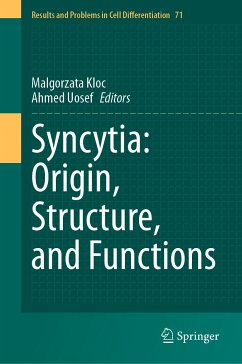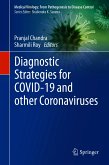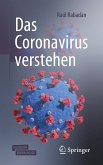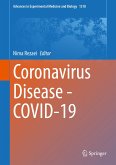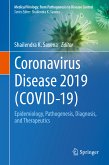This book gives a current overview on the development, origin, structure, and functions of germline and somatic cell syncytia during embryogenesis and organogenesis. It also reviews pathogen-induced syncytia and the role of syncytial cells in cancer development.
The book covers the following topics:
It also discusses how the genomic adaptations of microorganisms to extreme habitats can prompt the evolution of mononuclear and multinucleate/syncytial cells.
The book offers a fresh outlook on syncytia's role in various processes: embryogenesis, organogenesis, adaptation, host defense, and development of specialized tissues. It highlights the importance of syncytia under physiological and pathological conditions.
The book covers the following topics:
- germline syncytia, evolution, function and structure;
- syncytia in embryogenesis and development;
- the role of somatic cell fusion in fungi, specialized somatic tissues, host defense and adaptation;
- syncytia induced by viruses and parasites;
- syncytia and circulating hybrid cells in cancer and other pathological conditions;
It also discusses how the genomic adaptations of microorganisms to extreme habitats can prompt the evolution of mononuclear and multinucleate/syncytial cells.
The book offers a fresh outlook on syncytia's role in various processes: embryogenesis, organogenesis, adaptation, host defense, and development of specialized tissues. It highlights the importance of syncytia under physiological and pathological conditions.
Dieser Download kann aus rechtlichen Gründen nur mit Rechnungsadresse in A, B, BG, CY, CZ, D, DK, EW, E, FIN, F, GR, HR, H, IRL, I, LT, L, LR, M, NL, PL, P, R, S, SLO, SK ausgeliefert werden.

